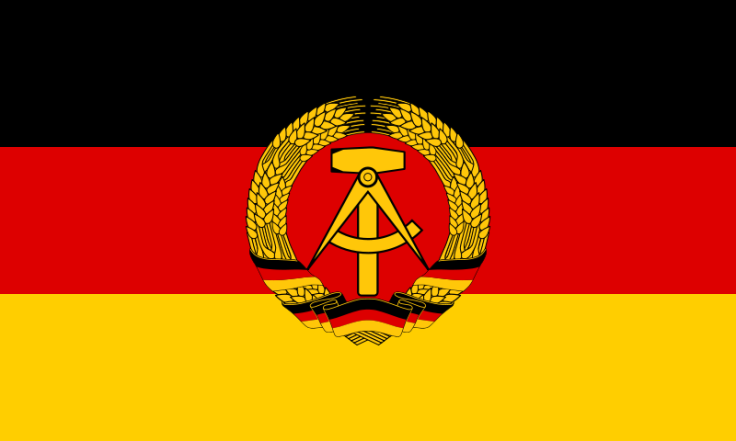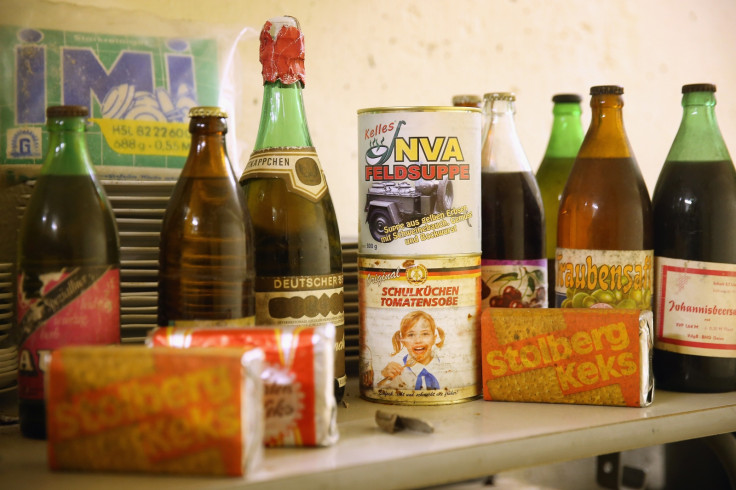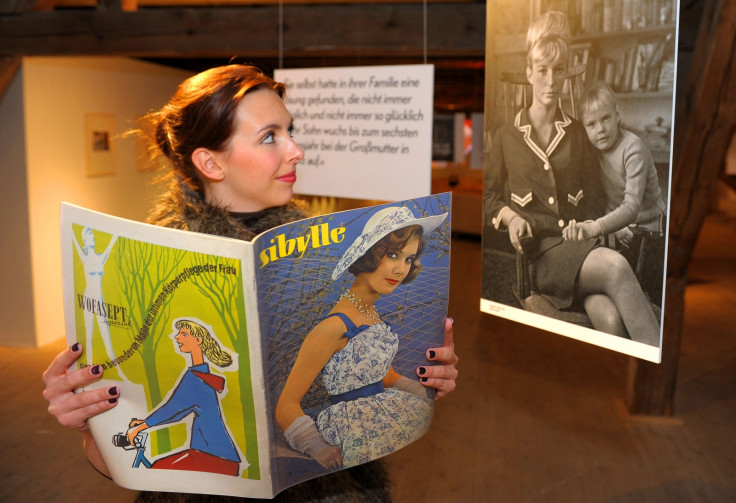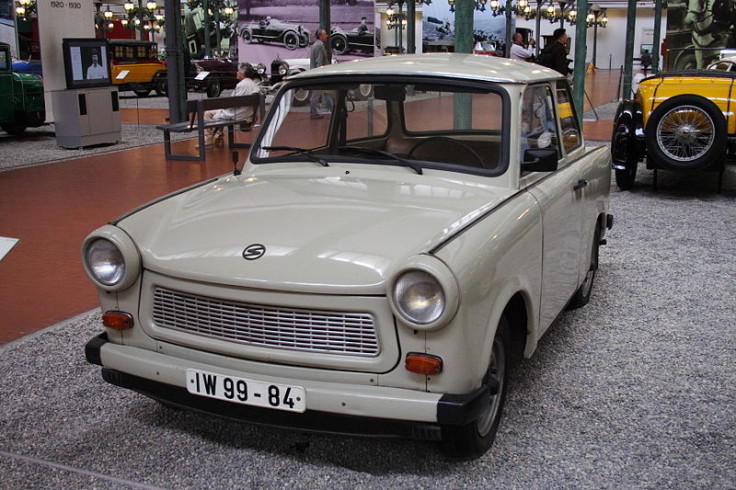Berlin Wall 25th Anniversary: The Reasons Why East Germany Had to Go
The Stasi, people trafficking, athlete doping and Trabants – reasons why East Germany had to go

On 9 November 1989, after a series of radical changes in the Eastern Bloc and the fall of Soviet power in Eastern Europe, the divide between East and West Berlin was finally demolished.
The whole of Germany was engulfed in a celebratory and euphoric atmosphere, and even though many people now look back on Eastern Germany with a sense of nostalgia, there was many reasons why it had to go.
Economic Divide
During the strong economic growth in '50s West Germany began a 20-year period of rapid reconstruction and development in the country, known as the Economic Miracle, and many East Germans wanted to move across the border.
West Germany was a capitalist country with a strong social market economy, whereas East Germany was a communist regime that was suffering from economic problems caused by dual currency and the black market.
By 1960, the effects of World War II and the heavy emigration of citizens over to the west by young professionals and skilled workers, East Germany's only had 61% of its population at working age.
The estimated loss of manpower in the East, corresponding to the West, was $7bn to $9bn (£5.5bn to £7bn).

Restriction of Movement
In 1952, the inner German border was closed and a barbed wire fence erected to stop possible western agents coming into the country. At that time there was no obstruction between East and West Berlin, although movement was restricted.
However, on 13 August 1961, this all changed and the border between East and West Berlin was closed. The first blocks of the Berlin Wall were placed on 17 August.
Crossing from East to West Germany was now impossible, and because the restriction had been put in place literally overnight, many people were separated from their jobs and families were split in two.
The Stasi
The Ministry for State Security, otherwise known as the Stasi, was the secret police of East Germany. Its main function was to spy on the population of East Germany.
It was run by Erich Mielke, who became one of the most powerful and hated men in Germany.
The Stasi was well known for its violent officers, who arrested, kidnapped, brutally harassed and imprisoned tens of thousands of East German citizens
Political Prisoners
There were many East German residents who wished to cross the border into the West and escape the communist regime. However, many who tried this were either shot down or taken as prisoner by the Stasi.
Detainees were often subjected to months or even years of torture and interrogation, just for opposing the government.
Even now, former prisoners are only revealing their stories of what happened to them during incarceration.

Food
East German food had an infamously bad reputation due to its bland packaging and poor quality.
According to The Iron Curtain Kid, a website run by a man who grew up in East Berlin during the '70s and '80s, importing commodities was expensive so many ingredients in products were either stretched or replaced.
"Bakeries used candied lemon peel made of green tomatoes, and posh restaurants served dishes containing black truffles, which were nothing else but marinated walnuts."
Most food was reinvented by the East German gastronomical research institute (Rationalisierungs- und Forschungszentrum Gaststätten), which rebranded western foods as Anglicisms were not allowed. For example; a grilletta was a hamburger, and a ketwurst was a hotdog.
People Trafficking
Due to the Russia bleeding it dry, East Germany was so short of money that it sold its political prisoners to West Germany.
"Between 1964 and 1989 some 33,755 political prisoners and 250,000 of their relatives were sold to West Germany, for a sum totalling 3.5 billion Deutschmarks [£1.40bn]," historian and author, Andreas Apelt told the BBC.
"Both sides had an interest in the business – the GDR, because it needed Western currency, and the West, because it wanted to save people from the inhumane prisons of the GDR."
Sometimes the prisoners were even sold off for resources like coffee, oil and copper.
Doping
The country implemented State Plan 14.25: otherwise known as athlete doping.
The programme of giving athletes performance enhancing drugs, often without their knowledge, went on for decades and gained them numerous victories in international competitions, including the Olympic Games.
Many of the athletes now suffer health problems due to years of steroid abuse.

Clothes
In communist East Germany, nearly all clothes were functional and mass-produced, with no room for freedom of expression or individuality.
However, Sibylle, an East German fashion magazine known as the Vogue of the East, contained much more exciting outfits than the ones available.
Even though the outfits it showcased on its pages were expensive, the magazine provided dress patterns on how to sew them, and a small sub-culture of fashionistas was able to break through.

Trabants
The Trabant was a car which produced by East German automobile company VEB Sachsenring Automobilwerke Zwickau.
The combination of the car's outdated and inefficient two-stroke engine, which produced a poor fuel economy and a smoky exhaust, bad performance and production shortages, means this car is considered by many as one of the worst vehicles of all time.
Despite this, Trabants inspire a sense of nostalgia in some, as it became a symbol of East Germany and the Eastern Bloc. When the Berlin Wall came down, many East Germans rode into Western Berlin in their Trabants.
© Copyright IBTimes 2025. All rights reserved.





















